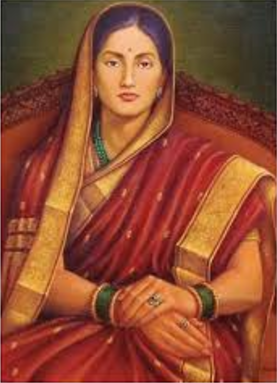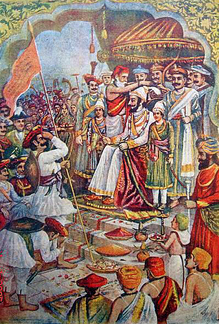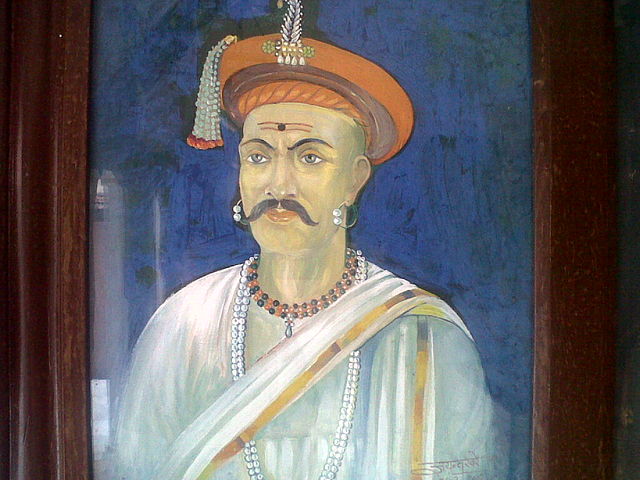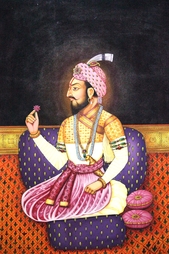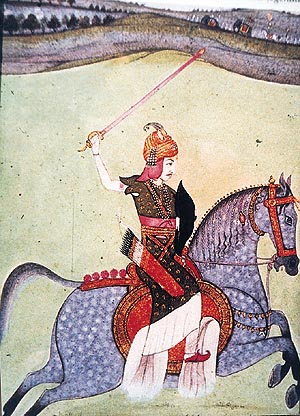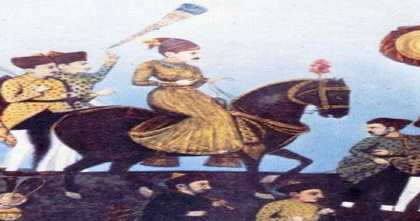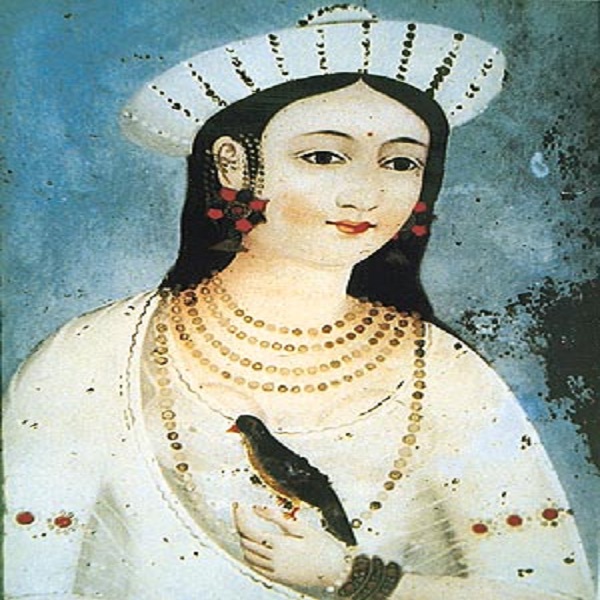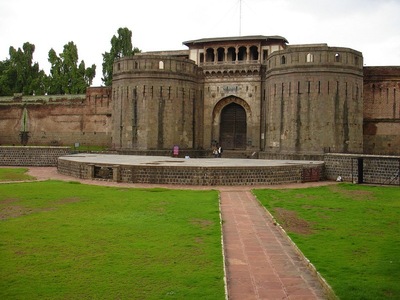- A Baji Rao
- B Raja Pratap Singh
- C Shivaji
- D Balaji Vishwanath
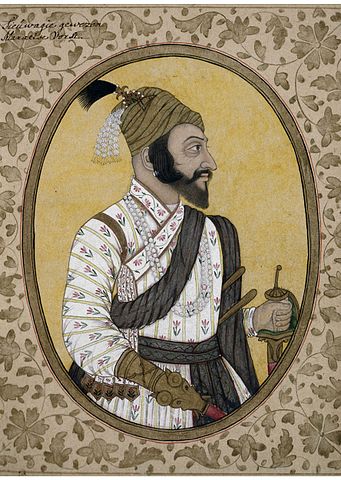
Shivaji (1627-1680) was a Maratha aristocrat of the Bhosle clan who is considered to be the founder of the Maratha empire. Shivaji led a resistance to free the Marathi people from the Sultanate of Bijapur from 1645 and establish Hindavi Swarajya (self-rule of Hindu people). He created an independent Maratha kingdom with Raigad as its capital and successfully fought against the Mughals to defend his kingdom. He was crowned as Chhatrapati (sovereign) of the new Maratha kingdom in 1674. The state Shivaji founded was a Maratha kingdom comprised about 4.1% of the subcontinent but spread over large tracts. At the time of his death, it was dotted with about 300 forts, about 40,000 cavalry, 50,000 foot soldiers and naval establishments all over the west coast. Over time, the kingdom would increase in size and heterogeneity; by the time of his grandson, and later under the Peshwas in the early 18th century, it was a full-fledged empire.
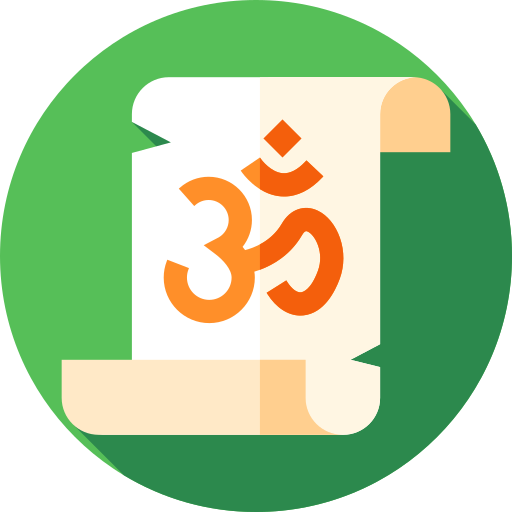 Vedic period
Vedic period 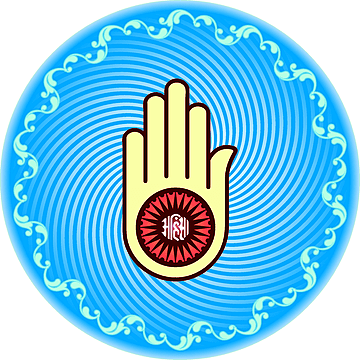 Jainism
Jainism 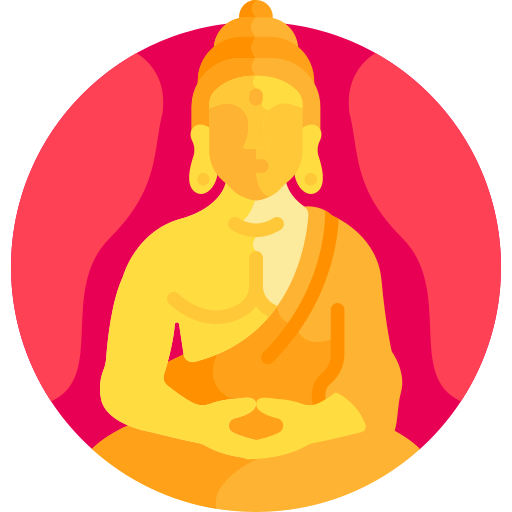 Buddhism
Buddhism 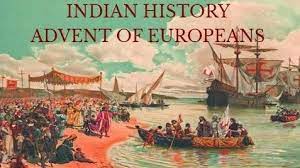 Advent of Europeans
Advent of Europeans 